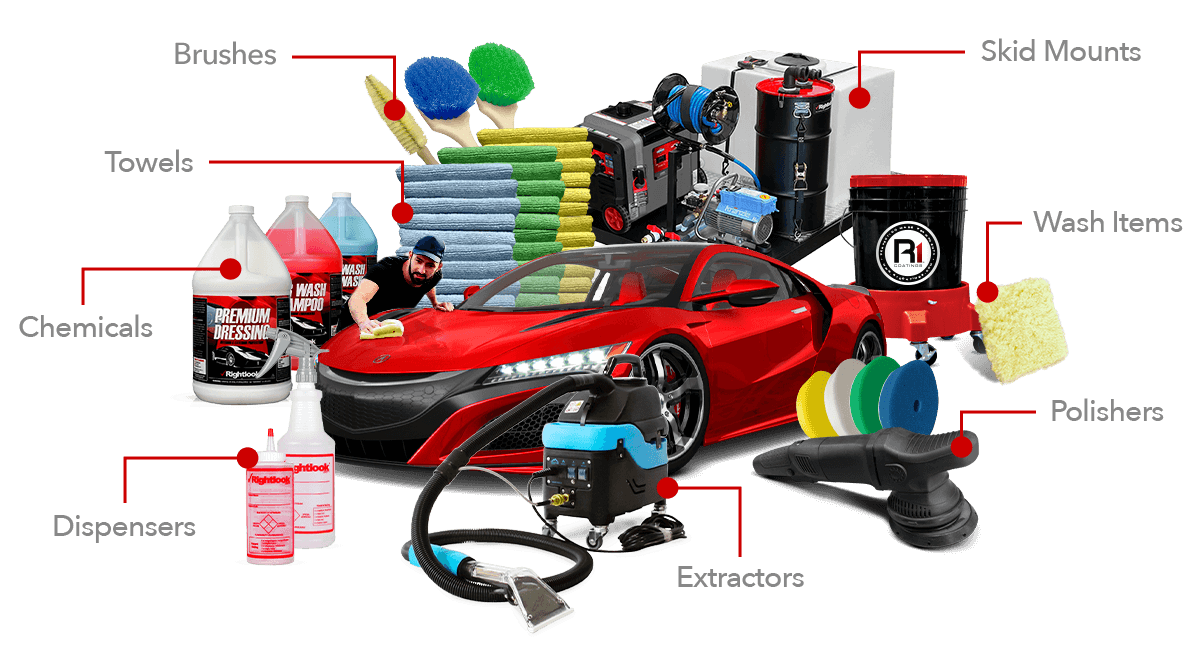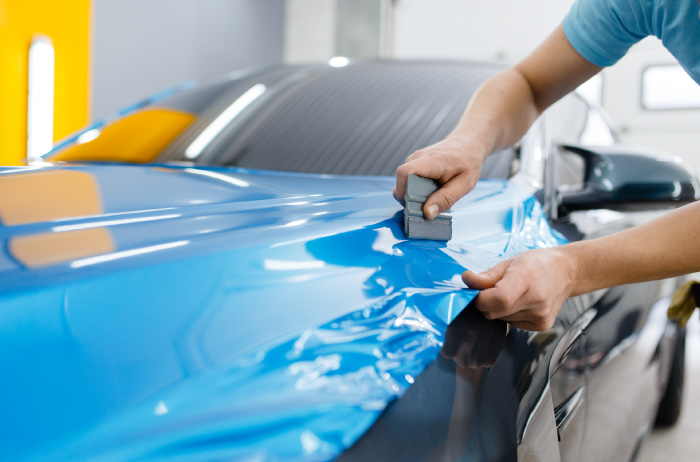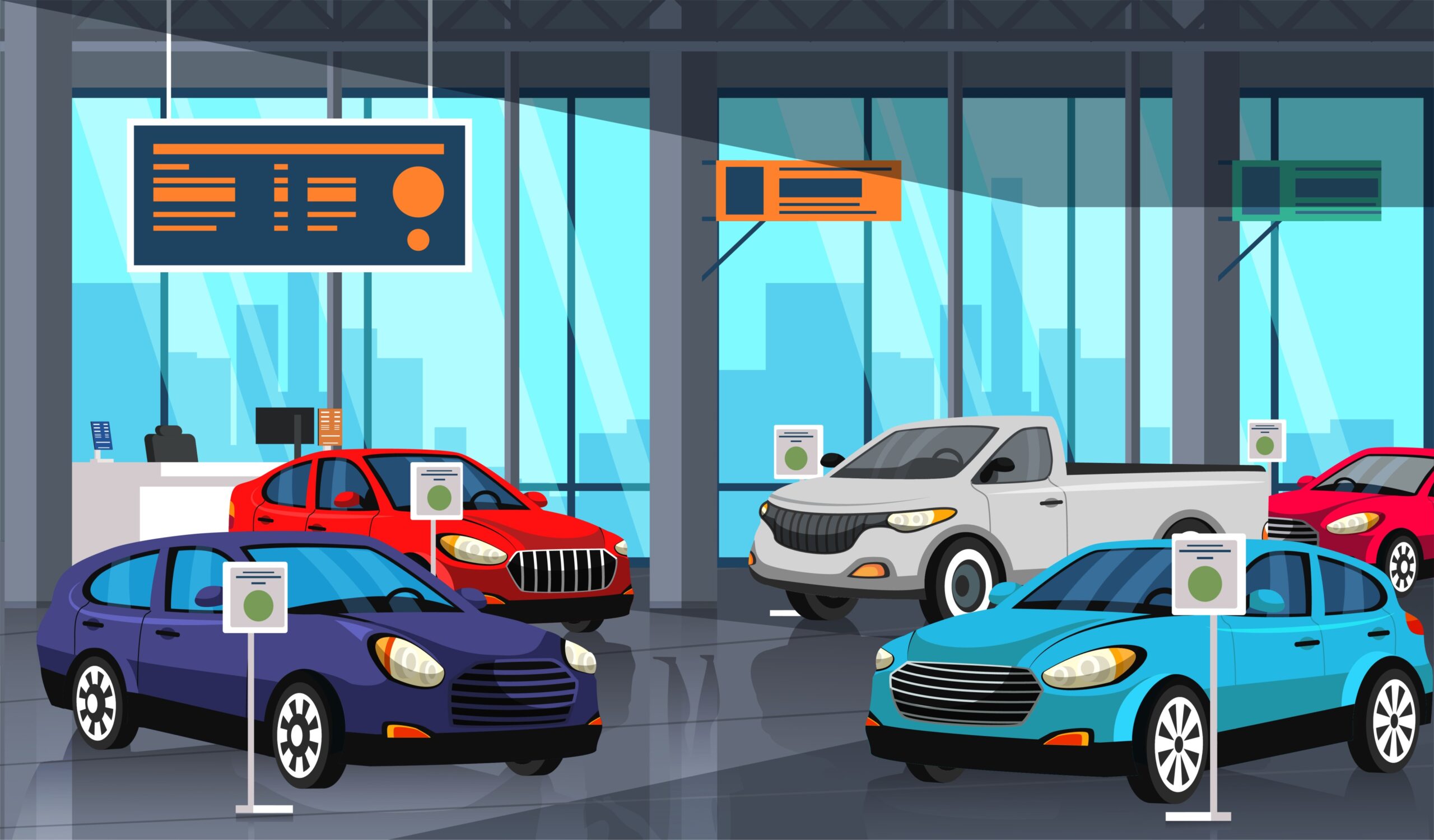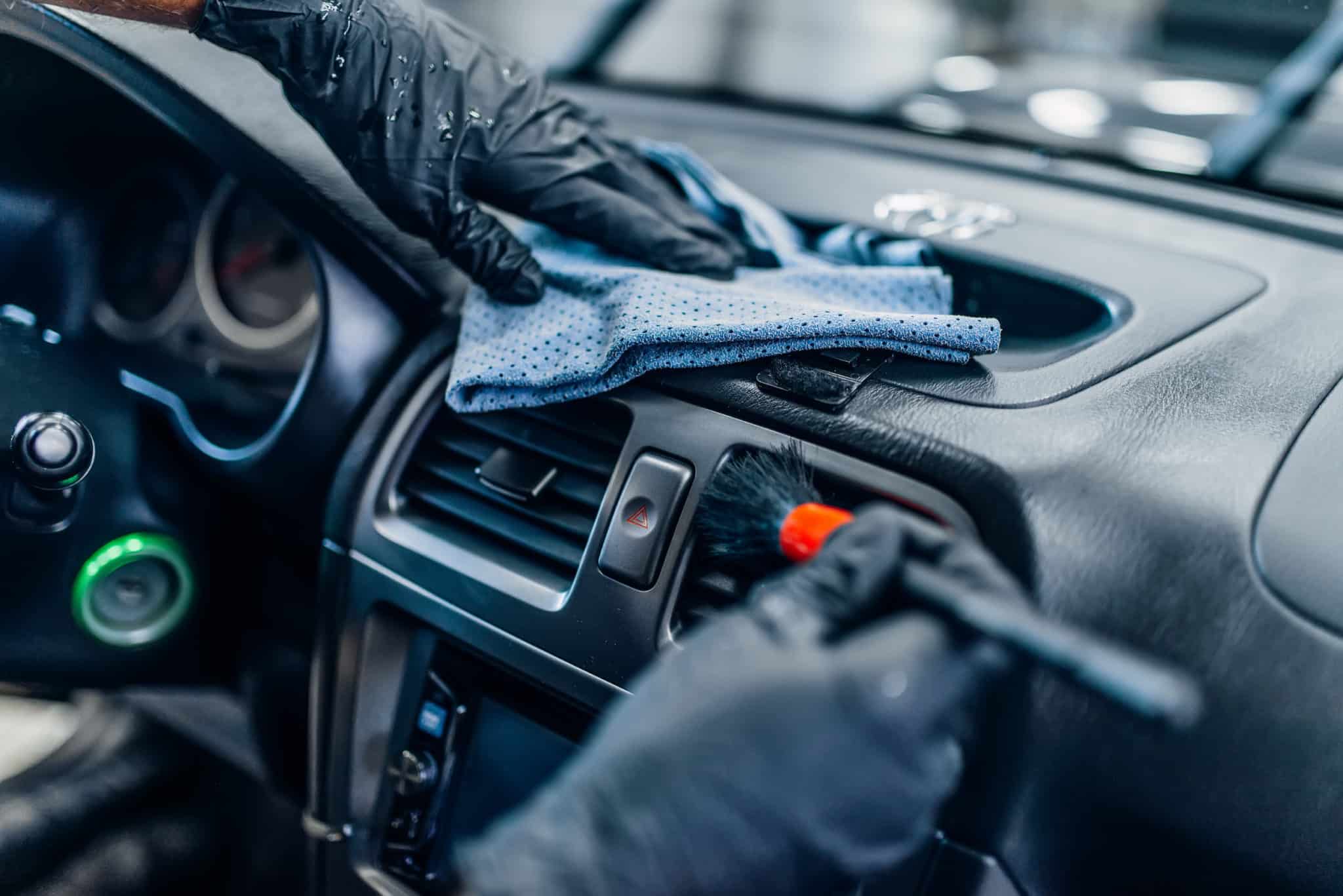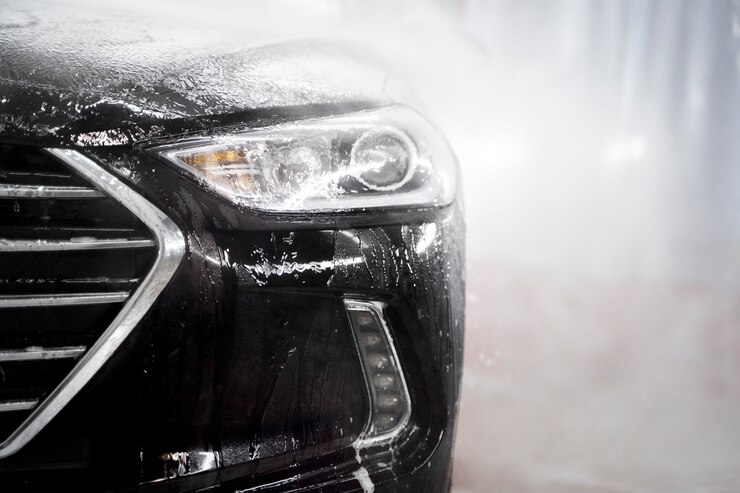Table of Contents
Introduction
Car maintenance and spare parts are crucial for ensuring your vehicle’s longevity and performance, but for beginners, navigating this world can be daunting. Understanding the basics, from routine tasks like oil changes and tire rotations to recognizing the importance of quality spare parts, is the first step towards becoming a confident car owner. This guide aims to demystify car maintenance and spare parts, equipping you with the knowledge and skills needed to keep your vehicle in top shape, save on repair costs, and enjoy a smoother driving experience.
From essential components like brakes and filters to the importance of regular servicing, we’ll delve into everything you need to know to keep your car running smoothly and safely. Whether you’re looking to save money on repairs or simply want to understand your vehicle better, let’s embark on this journey through the essentials of car maintenance and spare parts.

Introduction to Basic Car Parts
Engine Components
The engine is the powerhouse of a vehicle, converting fuel into mechanical energy to propel the vehicle forward. It consists of several key components:
- Cylinder Block and Pistons: The cylinder block houses the cylinders where combustion occurs. Pistons move up and down inside the cylinders, driven by the force of combustion.
- Cylinder Head and Valves: Positioned above the cylinder block, the cylinder head contains the valves that control the intake of air-fuel mixture and the expulsion of exhaust gases.
- Fuel System: This includes components like the fuel injectors or carburetors that deliver fuel to the engine in the correct ratio with air for combustion.
Transmission and Drivetrain
The transmission and drivetrain work together to transmit power from the engine to the wheels, enabling the vehicle to move efficiently:
- Transmission: Converts the rotational power of the engine into torque, which is then transmitted to the wheels. It provides various gear ratios to optimize vehicle speed and efficiency.
- Driveshaft and Differential: The driveshaft transfers power from the transmission to the differential, which then distributes power to the wheels. The differential allows the wheels to rotate at different speeds, essential for smooth turns.
- Clutch (in manual transmission): Connects and disconnects the engine power from the transmission to facilitate gear changes. In automatic transmissions, this function is performed by a torque converter.
Suspension and Steering
These systems contribute to vehicle stability, control, and comfort:
- Suspension System: Composed of springs, shock absorbers (or dampers), and various linkages that connect the vehicle’s body to its wheels. It absorbs shocks from uneven road surfaces and maintains tire contact with the ground for traction and handling.
- Steering System: Allows the driver to control the direction of the vehicle. It typically includes the steering wheel, steering column, and steering gear (such as rack and pinion or recirculating ball). Power steering systems assist with steering effort, making it easier to turn the wheels.
Routine Maintenance Checks
Oil Change Intervals and Types of Oil
Oil Change Intervals
Regular oil changes are crucial for maintaining engine health and longevity. The frequency of oil changes depends on factors like the vehicle’s age, mileage, and driving conditions. Typically, it’s recommended to change the oil every 5,000 to 7,500 miles (or every 6 months to 1 year for older vehicles or severe driving conditions).
Types of Oil
There are different types of motor oil:
- Conventional Oil: Basic oil suitable for older vehicles or those with simple engine designs.
- Synthetic Oil: Engineered for high-performance engines and provides better lubrication and heat resistance.
- Synthetic Blend: Combines synthetic and conventional oils, offering some benefits of synthetic oil at a lower cost.
Choosing the right oil viscosity (thickness) is also important, as recommended in your vehicle’s owner’s manual based on climate conditions.
Checking and Replacing Air Filters
Air Filter Inspection
Air filters prevent dirt, debris, and contaminants from entering the engine, ensuring clean airflow for combustion. Check your air filter regularly (every 12,000 to 15,000 miles or annually) for signs of clogging or dirt accumulation.
Replacing Air Filters
If the air filter is dirty or clogged, replace it promptly. This simple maintenance task improves engine efficiency, fuel economy, and overall performance.
Monitoring Tire Pressure and Tread Wear
Tire Pressure
Proper tire inflation ensures safety, improves fuel efficiency, and extends tire life. Use a tire pressure gauge to check pressure levels at least once a month and before long trips. Refer to your vehicle’s manual or the sticker inside the driver’s door for recommended tire pressure.
Inspect tire tread regularly for signs of wear. Use a tread depth gauge or the penny test (inserting a penny into the tread with Lincoln’s head facing down; if you can see the top of Lincoln’s head, it’s time to replace the tire). Uneven wear may indicate alignment or suspension issues.
Signs of Common Problems
Recognizing Brake Wear and Noise
Brake Wear:
- Visual Inspection: Check brake pads through the wheels. If the pad thickness is 3mm or less, consider replacement.
- Screeching or Squealing: Indicates brake pads are wearing down, and the wear indicator may be touching the rotor.
- Grinding: Metal-on-metal sound suggests pads are worn completely, and the caliper is grinding against the rotor. Immediate replacement is crucial to prevent rotor damage.
Symptoms of Engine Issues
Overheating:
- Temperature Gauge: Watch for the temperature gauge rising above normal operating range.
- Steam or Smoke: From under the hood, often accompanied by a sweet smell from coolant.
- Loss of Power: Engine may go into limp mode to prevent damage.
Strange Noises:
- Knocking or Pinging: Indicates issues with combustion timing or fuel quality.
- Ticking or Clicking: Valve issues or low oil pressure.
- Rattling: Loose components or exhaust system problems.
Understanding Dashboard Warning Lights
Check Engine Light:
- Causes: Can indicate issues with the engine, emissions system, or sensors.
- Action: Use an OBD-II scanner to retrieve diagnostic trouble codes (DTCs). Address promptly to prevent further damage.
ABS Light:
- Causes: Issues with the anti-lock braking system, such as faulty sensors or low fluid levels.
- Action: Check brake fluid levels and sensors, repair as needed to ensure braking efficiency.
Oil Pressure Light:
- Causes: Low oil pressure due to oil leaks, engine wear, or faulty oil pump.
- Action: Stop the vehicle immediately, check oil levels and condition. Low oil pressure can lead to engine damage.
Battery Light:
- Causes: Indicates problems with the charging system, such as a failing alternator or loose/broken battery cables.
- Action: Check battery connections and charging system voltage. Replace components if necessary to avoid a dead battery.
Importance of Regular Servicing
Regular servicing is critical for maintaining the health and performance of your vehicle over time. It involves scheduled maintenance tasks and professional inspections that help identify and address potential issues before they escalate into costly repairs or safety hazards.
Scheduled Maintenance Checklist
Oil Changes:
- Purpose: Lubricates engine components, reduces friction, and extends engine life.
- Interval: Typically every 5,000 to 7,500 miles, depending on vehicle age and manufacturer recommendations.
Fluid Checks and Replacements:
- Coolant: Prevents engine overheating and corrosion, typically replaced every 2 to 5 years.
- Brake Fluid: Maintains braking performance, should be checked and replaced as recommended by the manufacturer.
- Transmission Fluid: Ensures smooth gear shifting and prolongs transmission life.
Battery Maintenance:
- Cleaning Terminals: Prevents corrosion and ensures a reliable electrical connection.
- Voltage Check: Determines battery health and charging system performance.
Safety Tips and Precautions
Handling Hazardous Materials (e.g., Engine Fluids)
Engine Fluids:
- Types: Includes engine oil, coolant, brake fluid, and transmission fluid, which can be toxic or flammable.
- Protection: Wear gloves and eye protection when handling fluids to prevent skin contact or splashing into eyes.
- Storage: Store fluids in sealed containers away from heat sources or open flames to avoid ignition or evaporation.
Disposal:
- Environmental Impact: Dispose of used fluids responsibly at designated recycling centers to prevent contamination of soil or water sources.
- Local Regulations: Follow local disposal guidelines for hazardous waste to avoid environmental fines or penalties.
Using Jacks and Stands Safely
Choosing Equipment:
- Quality: Use sturdy hydraulic or scissor jacks and jack stands rated for your vehicle’s weight capacity.
- Surface: Ensure the ground is level and firm to prevent jacks or stands from sinking or tipping.
Safety Procedures:
- Parking Brake: Engage the parking brake and block the wheels opposite to the side being lifted for additional safety.
- Lifting Points: Use manufacturer-recommended lifting points indicated in the vehicle’s owner’s manual to avoid structural damage.
Maintenance:
- Inspect Equipment: Regularly check jacks and stands for wear, cracks, or hydraulic leaks before each use.
- Storage: Store jacks and stands in a dry, secure area to prevent rust and deterioration.
Electrical Precautions When Working with Car Components
Battery Safety:
- Disconnect: Turn off the ignition and disconnect the battery terminals (negative terminal first) to prevent accidental electrical shorts.
- Insulation: Cover battery terminals with protective caps or insulating material to prevent accidental contact with tools or metal surfaces.
Handling Electrical Components:
- Circuit Protection: Avoid working on electrical components with the ignition on to prevent accidental shock or damage to sensitive electronics.
- Multimeter Use: When testing electrical circuits, use a multimeter set to the appropriate voltage range and follow safety procedures to avoid electrical shorts or damage.
Fuse Checking:
- Power Off: Before checking or replacing fuses, ensure the circuit is de-energized to prevent sparks or short circuits.
- Proper Replacement: Use fuses of the correct rating as specified in the vehicle’s owner’s manual to prevent electrical system damage.
General Electrical Safety:
- Damp Conditions: Avoid working on electrical components in wet or damp conditions to reduce the risk of electric shock.
- Qualified Assistance: Seek professional help if unsure about electrical diagnostics or repairs beyond basic maintenance tasks.
Conclusion
Maintaining your vehicle involves understanding its key components, performing routine checks, and promptly addressing issues. Whether tackling DIY tasks or seeking professional help, regular maintenance ensures safety, reliability, and longevity. By staying proactive and informed, you can enjoy a smoother driving experience and avoid costly repairs down the road.

